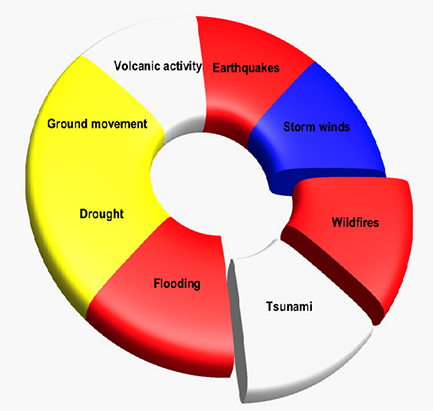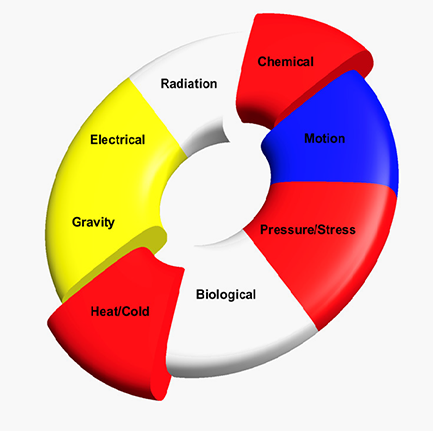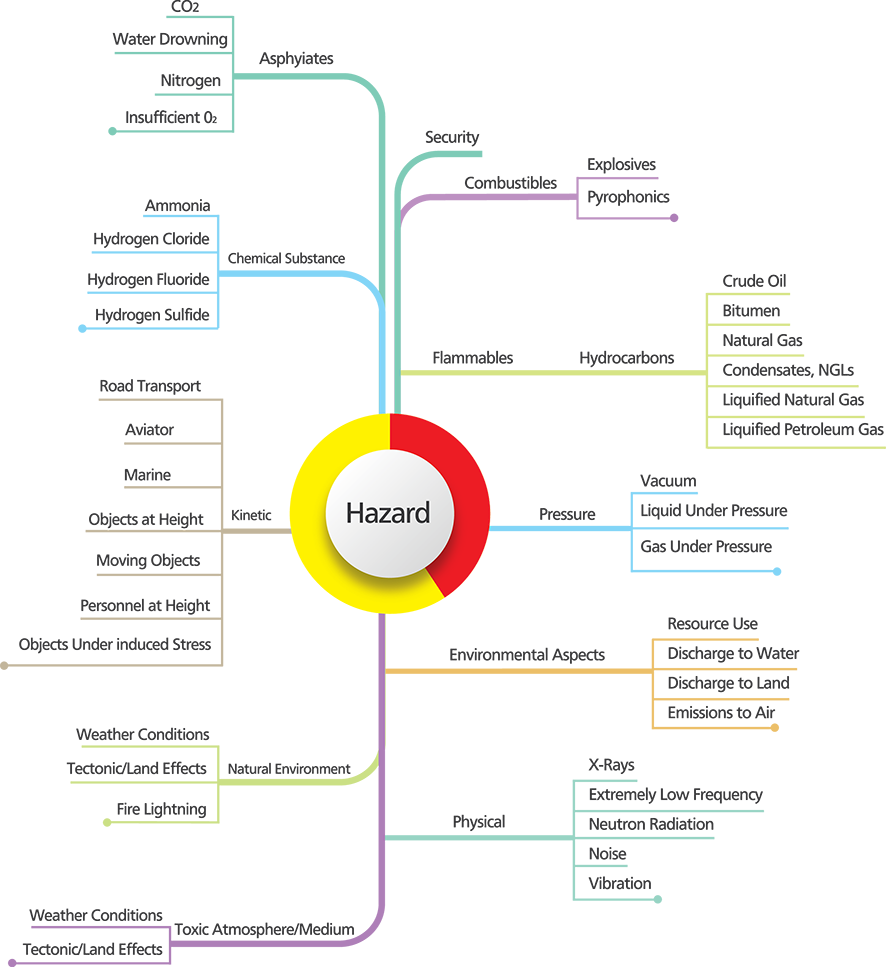Hazard Identification
Hazard identification is a key step towards managing your risks. Unfortunately the process is often poorly implemented with mistimed workshops, lack of follow through, and misunderstanding of the different roles played by project risk management and hazard identification. Berkeley & Imperial can provide you with guidance on when and how to conduct HAZIDs, and our experienced engineers are well placed to facilitate your workshops and provide support during assessment and follow-up.
The term hazard identification is often used interchangeably with hazard assessment and which can be a source of confusion and wasted effort. We define a hazard as:
An inherent physical, chemical or other source that individually, or in combination, has the potential to cause harm to people, environment, assets, and reputation

Examples of hazards would include pressurized non-flammable gas, hydrocarbons in combination with air, road transportation and air transportation: a more comprehensive list suitable for the oil and gas industry is presented in Table 1 for your reference. Hazard assessment can take many forms including threat identification, failure mode analysis, bowtie assessment, HAZOP, release modeling, dispersion modeling, dynamical analysis and reliability assessment. Its purpose is provide Leadership and Discipline Engineers with further information on the causes, and effects associated with each hazard, during the various activities envisaged during construction, operations, and abandonment.
A critical aspect of hazard assessment is communication of the right message. Hazard registers are traditionally used to document hazards, threats and consequences, however, these documents are static and rarely used by their intended customers. Social scientists favor the use of Graphical methods since they provide a direct and easily comprehended view of what is important limitations on what can be presented in a single graphic force the presenter to categorize the hazards and present more meaningful summaries. Risk wheels are one example of how to present a small number of hazards with risks indicated using colors for no, low, medium and high risk.

